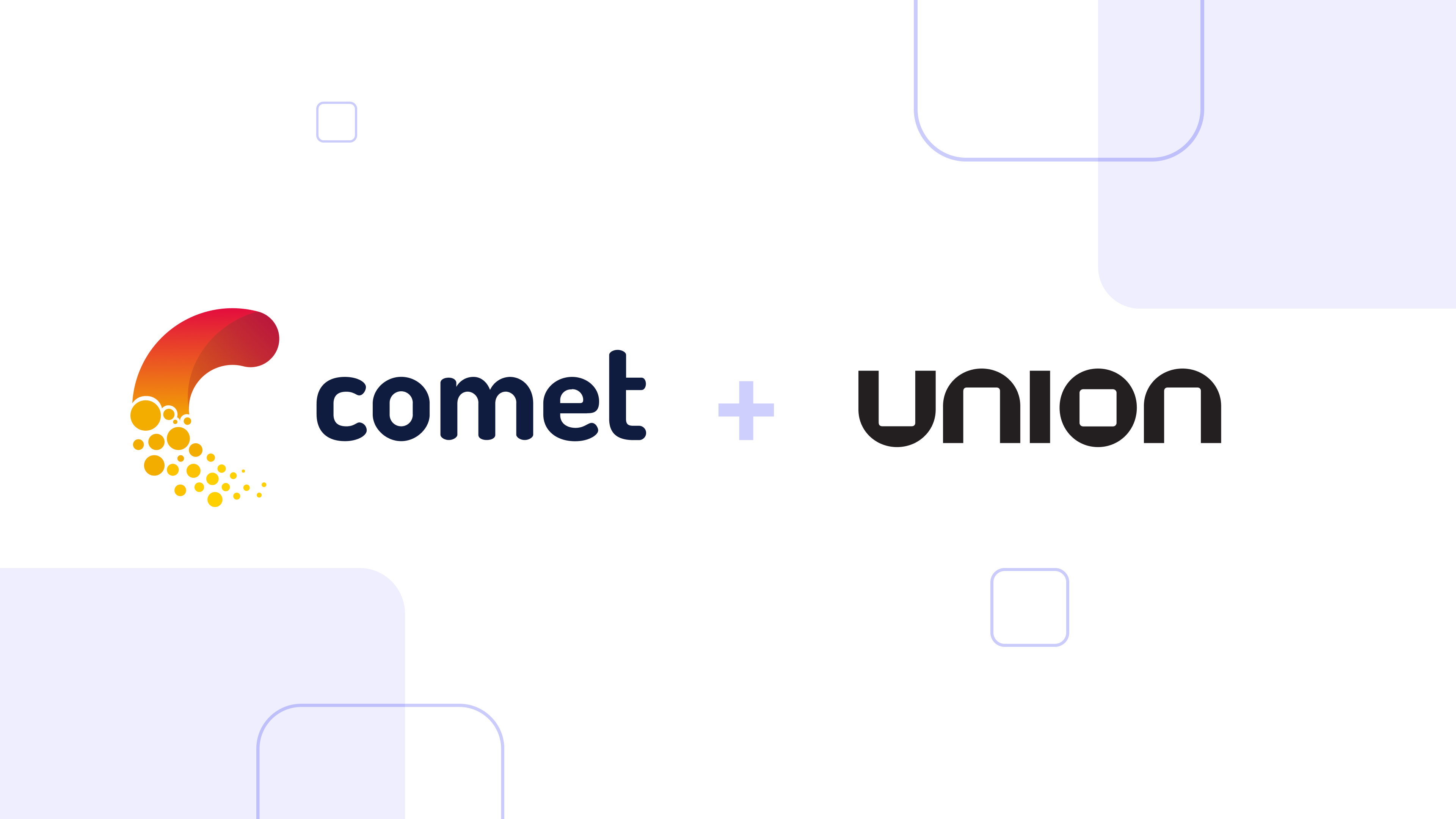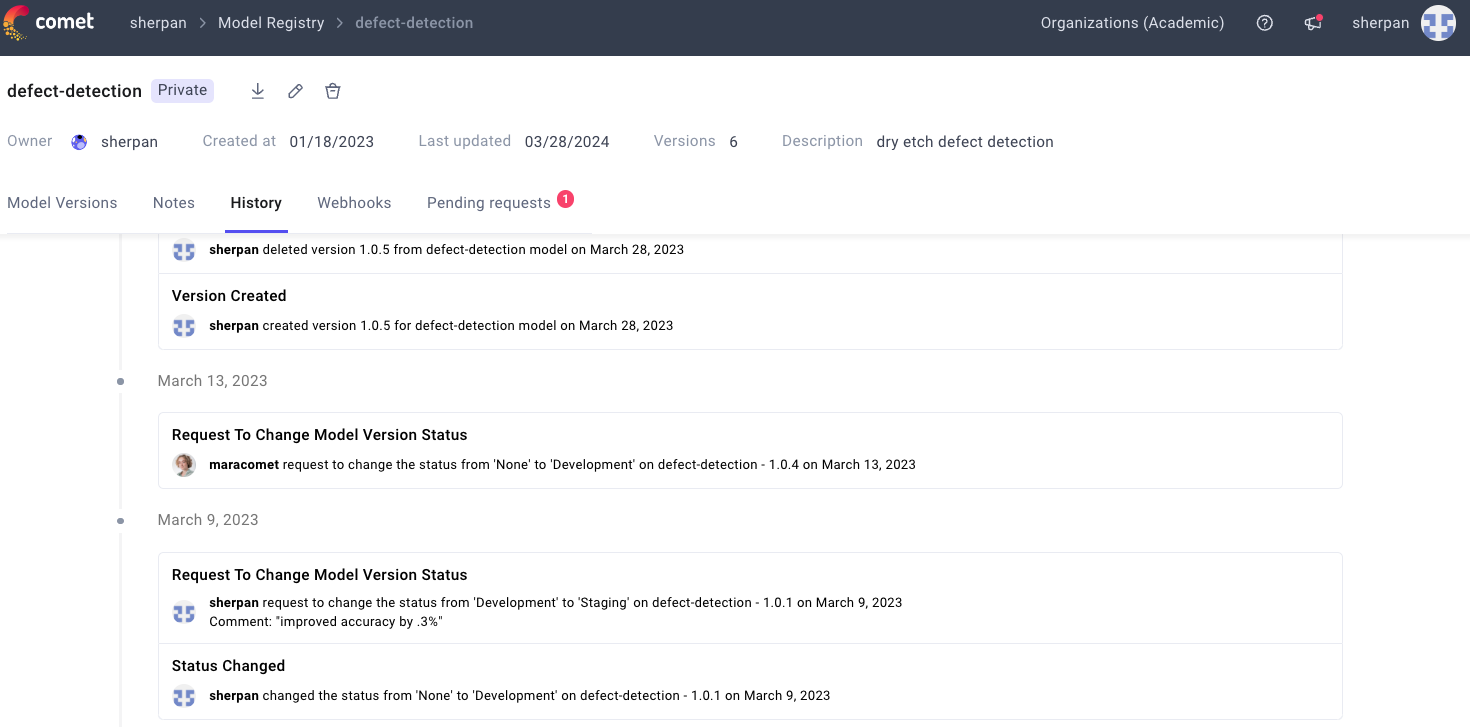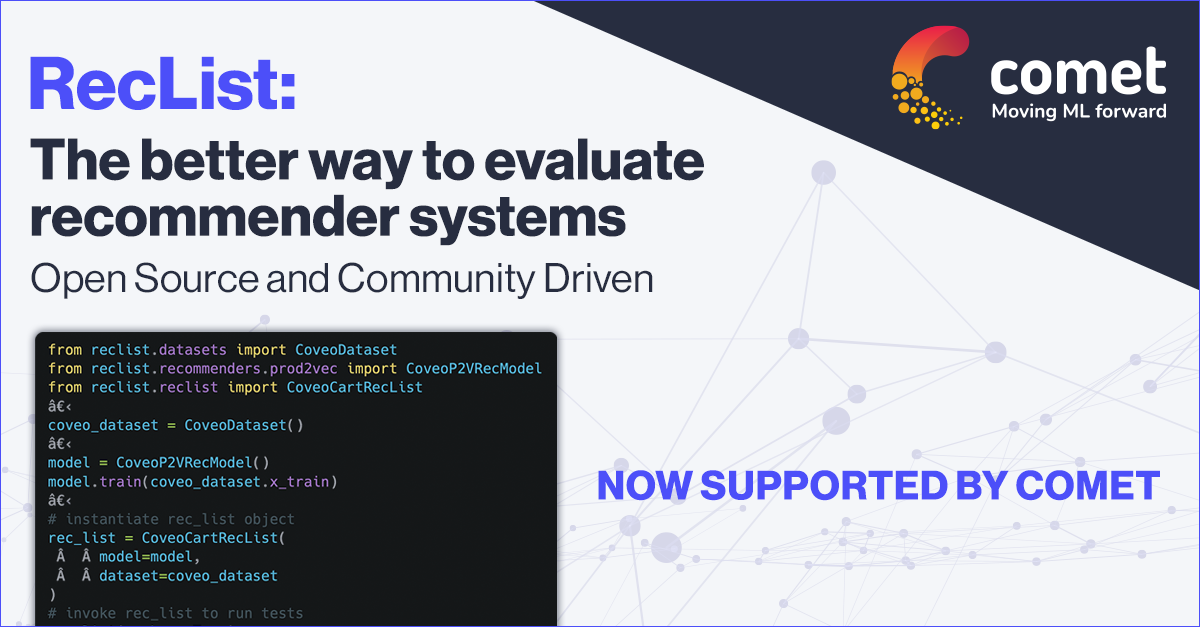How ChatGPT and Stable Diffusion might disrupt the big tech companies
I’ve been a long time reader of Ben Thompson’s newsletter called Stratechery. Ben Thompson is an analyst who focuses on tech’s impact on business models and strategy. He mostly covers FAANG but will look at tech disruptions wherever they might happen.
This week’s Stratechery update is on AI and the big five. It’s a long read, but well worth diving into all the details. If you’re short on time, here’s my summary and key takeaways from the article.
For Apple
Apple is capitalizing on stable diffusion by providing two services: 1) optimizing the model so it’s more performant, and 2) updating its chips to better enable the model to be run on users’ devices. In combination:
This raises the prospect of “good enough” image generation capabilities being effectively built-in to Apple’s devices, and thus accessible to any developer without the need to scale up a back-end infrastructure of the sort needed by the viral hit Lensa.
This offering essentially makes compute resources less necessary when the model is running on the edge. Any mobile developer on Apple can leverage stable diffusion in their apps and monetize those experiences without relying on AWS/Google Cloud infrastructure.
For Amazon
If Apple potentially makes compute less necessary, then AWS will need to adjust their strategy towards GPU services. They’ve largely focused on CPU hardware, but could divert to focus on GPU. However, they have a partnership with Nvidia, so it’s a choice of how many GPUs they should buy from Nvidia. Lucky for Amazon, monetizing AI models requires running inference which is likely to run in the cloud (even with Apple building custom chips). It’s good for Amazon. However, companies building AI-products can be hindered by the costs of compute as they try to figure out their product-market fit – less experimentation means fewer services that actually succeed to leverage AI in a meaningful way that grows Amazon’s pockets.
For Facebook
Keeping users on Meta’s apps requires a heavy investment into AI. Not only do they develop the base ML models, but they also require ongoing fine turning for each individual using their platforms. Meta will have to figure out how to manage this customization cost-effectively. The company is making investments into hardware to help with this. Ultimately, the biggest impact of latest AI developments (Stable Diffusion/ChatGPT) will be in their advertising tools. Think of A/B testing or copy-generation by AI which could be cheaper than hiring a human.
For Google
Google’s business model with search and advertisement relies on humans being the ultimate decision-maker in what search result is relevant to the user via clicks. All their advertising business is based on paying per click. With a solution like Microsoft+ChatGPT, Google will have to consider how and when they provide the “right” answer in search results versus offering up advertisements that people can click on. Essentially if Google provides the right answer there’s no opportunity to offer up the traditional ad services they’ve been doing all along.
For Microsoft
Microsoft is the exclusive cloud provider for OpenAI. While expensive, this means that they’re building the right infrastructure for the future where AI compute is needed. Additionally, Microsoft is eventually incorporating ChatGPT into their suite of productivity apps. This makes it easy for them to charge an additional fee in their subscription model which in turn means big bucks/ROI for Microsoft.


